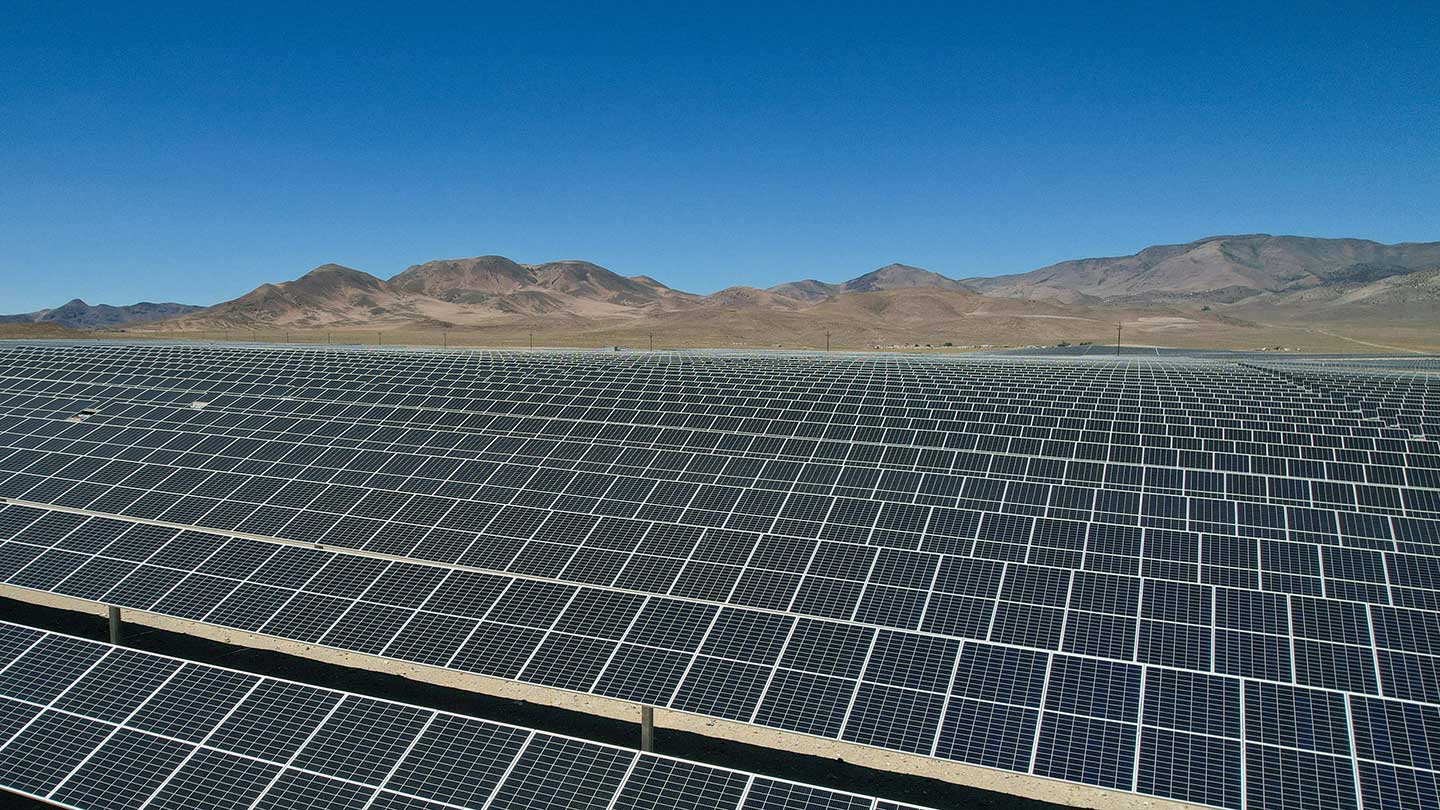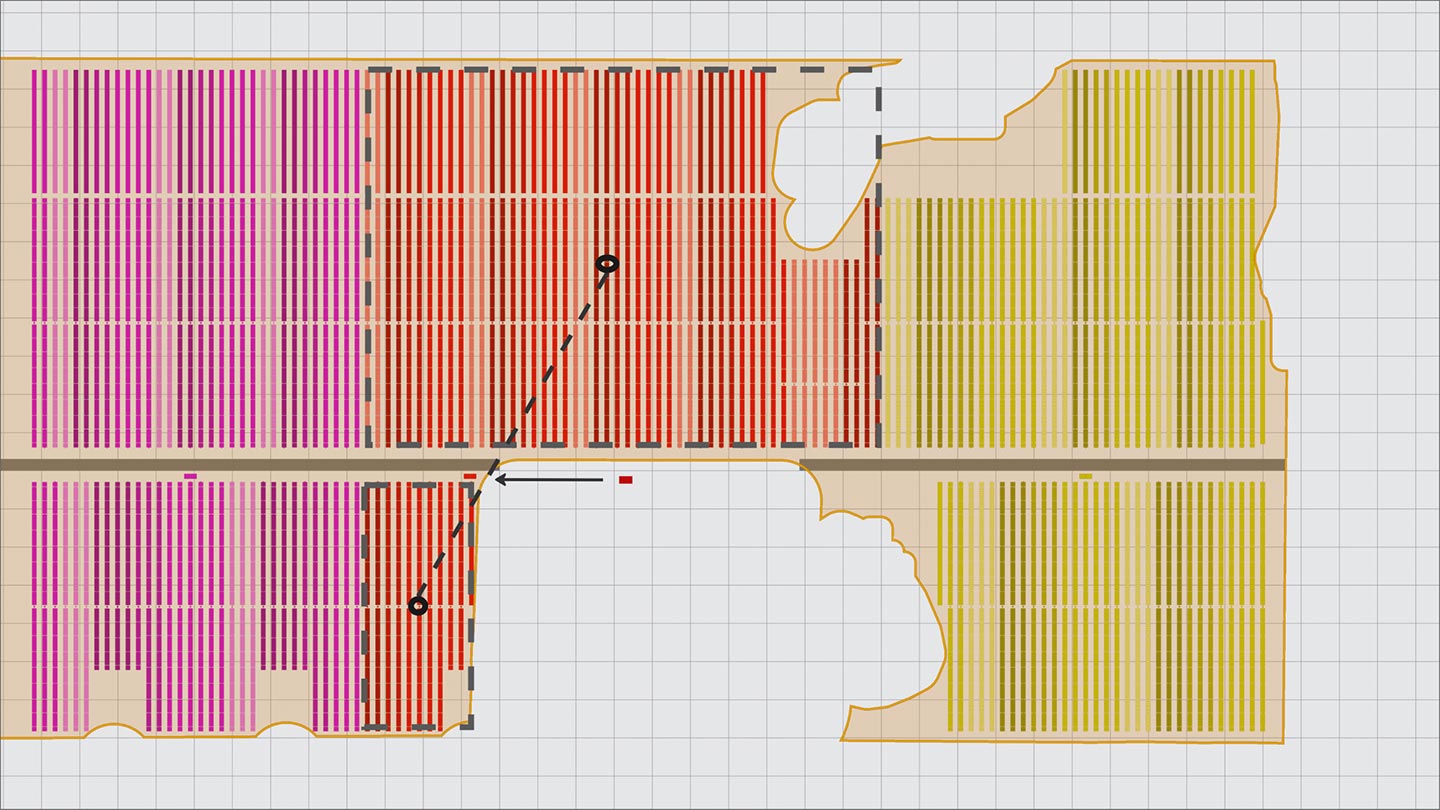Which Renewable Energy Source Is Most Effective: Wind, Hydro, or Solar?
.jpg)
As demand for clean energy grows worldwide, renewable sources like wind, hydro, and solar have become essential alternatives to fossil fuels. According to the International Energy Agency, renewables made up just 13% of global energy consumption in 2023, but that figure is expected to increase to 20% by 2030.
With the rise in popularity, more people wonder about the pros and cons of each renewable energy source. Is solar energy really better than wind energy, or should hydropower be considered the best option?
To make useful comparisons of wind versus solar versus hydro, it’s important to weigh the pros and cons of renewables in the context of where they may be installed and the impacts they’ll have on the surrounding environment.
Understanding how these technologies work — and where they work best — can help homeowners, businesses, and communities make smarter energy choices and answer questions like how long it takes for solar panels to pay for themselves. Choosing the right option depends on location, infrastructure, and long-term sustainability goals.
Pros and Cons of Wind Power
Wind power is generated by using turbines that convert the kinetic energy of moving air into electricity. The infrastructure includes towers, rotor blades, and a generator, all of which must be positioned to take advantage of prevailing wind conditions. Consistent wind patterns are essential for maximizing output, which means regions with high average wind speeds (think Great Plains in the U.S. or ocean coastal areas) are best suited.
Wind turbines produce no direct emissions or pollution and are highly versatile in terms of scalability — they can be installed as small, individual units for local power needs or developed into large wind farms capable of supplying energy to entire communities or regions.
However, wind turbines put out energy only intermittently, as they’re dependent on wind availability, which can fluctuate significantly and unpredictably. They also require large tracts of open land or access to offshore locations, which may not always be feasible. And wherever they’re placed, the spinning blades can pose a threat to local wildlife, particularly birds and bats, which may be injured or killed by collisions with the moving parts.
Pros and Cons of Hydroelectric Power
Hydroelectric power harnesses the energy of moving water, typically from rivers or reservoirs, to generate electricity. Water flows through dams or diversion channels, spinning turbines that convert mechanical energy into electrical power. The concept has been used for over a century and remains one of the most established forms of renewable energy.
Hydropower is highly reliable and provides consistent energy output. In addition to generating power, hydroelectric facilities can also serve valuable water management functions such as flood control, irrigation support, and reservoir storage. These dual benefits make hydropower a multifunctional infrastructure investment. Moreover, hydroelectric systems typically have a long operational lifespan, often lasting several decades with proper maintenance, which contributes to their long-term cost-effectiveness and sustainability.
That said, large-scale projects can leave a significant environmental footprint by altering natural landscapes and ecosystems. This can disrupt aquatic habitats and negatively impact fish populations and other wildlife. Additionally, the creation of reservoirs may require the relocation of entire communities, resulting in social and cultural displacement. The construction of hydroelectric facilities also demands substantial upfront capital investment, making it a financially intensive endeavor at the outset.
Pros and Cons of Solar Energy
Solar energy systems convert sunlight directly into electricity using photovoltaic (PV) cells. These cells are typically arranged into solar panels and then placed on rooftops or in ground-mounted arrays. When exposed to sunlight, the PV cells generate a direct current that is then converted to alternating current by an inverter for household or commercial use.
One of the greatest strengths of solar power is its simplicity and flexibility. Systems can be installed almost anywhere with frequent sunlight, from remote cabins to urban rooftops. Maintenance requirements are generally low, with no moving parts and long-lasting panel lifespans, making solar an attractive option for homeowners and businesses alike.
Solar energy generates clean, silent, and zero-emission electricity, contributing to improved air quality and reduced greenhouse gas emissions. It’s highly adaptable and can be scaled to suit a variety of applications, from small residential rooftops to expansive commercial and utility-scale installations. They also have low maintenance requirements since they have few moving parts. Additionally, the cost of installation has steadily declined in recent years, making solar increasingly accessible to a wider range of users.
Solar energy is intermittent in nature, as electricity generation is dependent on sunlight, which can be affected by weather and daylight hours. Users may need to either store their energy or supplement it with other sources to ensure a steady supply. Solar panels also tend to have lower energy conversion efficiency compared to certain other renewable technologies.
Comparing Efficiency and Cost-Effectiveness
Efficiency is a key factor when evaluating renewable energy sources. By this measure, hydropower is the winner, with about 90% energy efficiency, meaning that almost all of the energy supplied by the water can be converted into electricity.
After hydro, wind turbines follow with efficiency rates of 20% to 40% under ideal conditions. Solar panels currently offer efficiencies between 15% and 22%, depending on the technology used.
When looking at overall cost-effectiveness, however, it's important to consider both the upfront investment and the long-term return. All of these technologies can be expensive initially, though solar costs have continually decreased in recent years, making panels more accessible.
Environmental Impact and Sustainability
All renewable energy sources have distinct advantages over fossil fuels because of their much-reduced pollution from greenhouse gas emissions. However, each form of energy still has unique environmental impacts which must be taken into account.
Wind farms typically require more space but allow for agricultural use of the land underneath. Solar arrays can be mounted on rooftops or unused land, offering efficient use of space. Hydroelectric facilities, especially large dams, can flood vast areas and permanently alter landscapes.
Here are some further trade-offs to consider: Wind turbines may impact birds and bats, hydro can disrupt fish migration and aquatic ecosystems, and large solar farms can affect desert habitats. Balancing environmental benefits with ecological considerations is essential for sustainable development.
Scalability and Geographic Suitability
Scalability plays a major role in how well renewable energy can be implemented in different areas, as well as across different regions. Wind energy scales well in areas with consistent airflows, including open plains, mountain passes, and offshore locations. However, it’s less viable in urban areas due to more limited space and the negative aesthetic impact.
Hydroelectric power is best for areas with reliable water sources and suitable topography for dam construction or diversion systems, like mountainous regions and river-rich environments. However, drought-prone areas may not support consistent hydro production, and ecological concerns can limit new development.
Solar energy stands out for geographic versatility. It performs well in sunny regions but is also effective in places with moderate sunlight due to advances in panel efficiency. It’s uniquely suited to urban deployment, thanks to rooftop installations, and it can be expanded easily to meet growing demand. Its flexibility makes solar a strong contender for a wide range of applications.
Choosing the Optimal Renewable Energy Option
Each renewable source offers unique benefits depending on your location, goals, and available resources. Wind is ideal for consistently breezy areas with open space, hydro works best where water flow is reliable, and solar provides unmatched flexibility for rooftops, rural land, or urban environments.
When deciding which option is best, analyze factors like layout and amount of space, installation costs, the regional environment, and local regulations. In many cases, a combination of technologies, such as solar plus battery storage or hydro supported by wind, can provide the most resilient and cost-effective solution. Matching the right technology to the location is key to long-term sustainability.




.png)

.png)